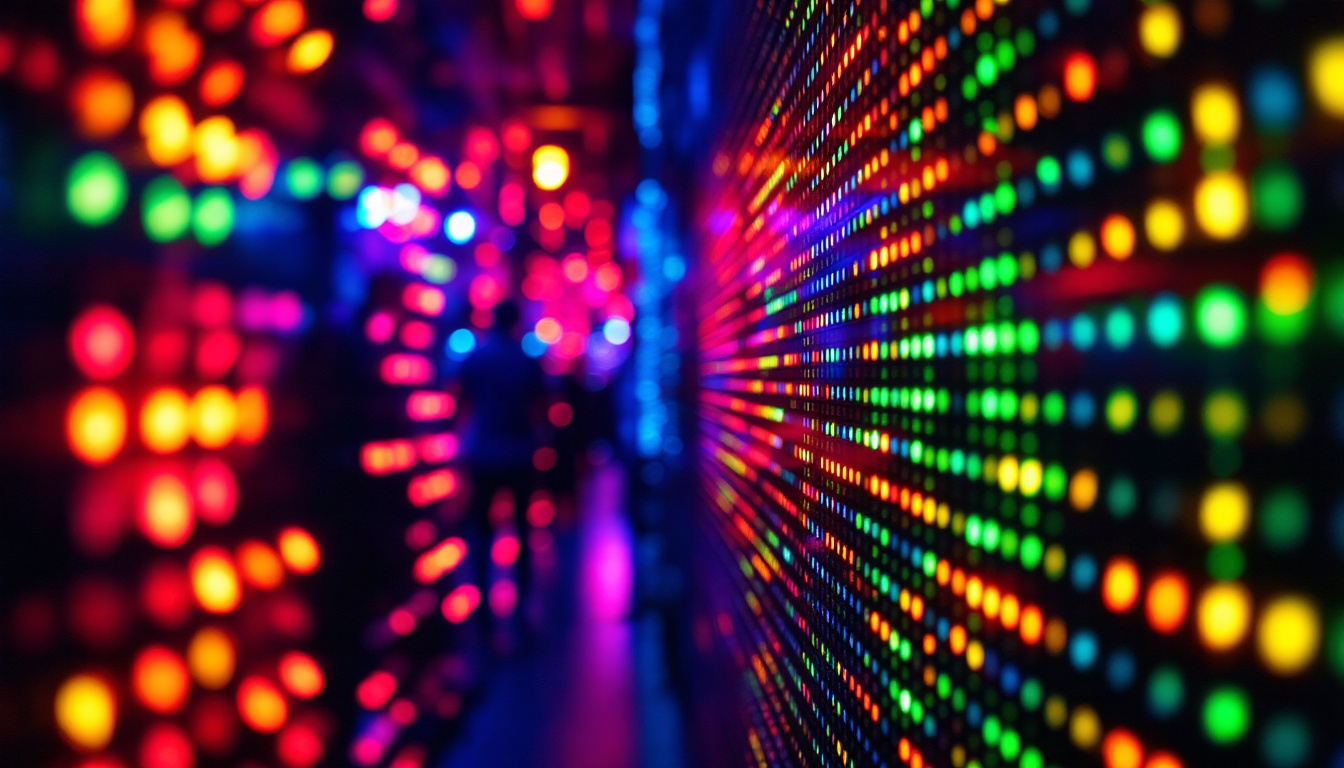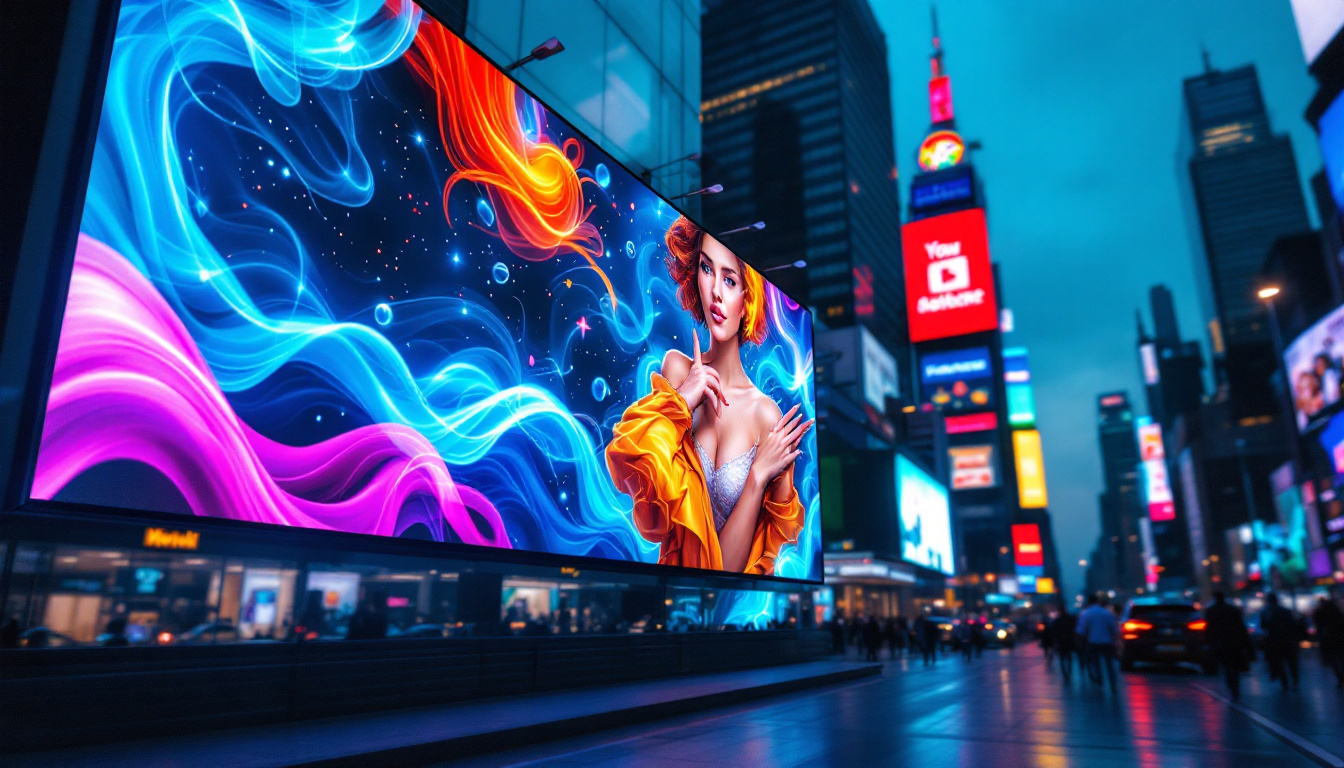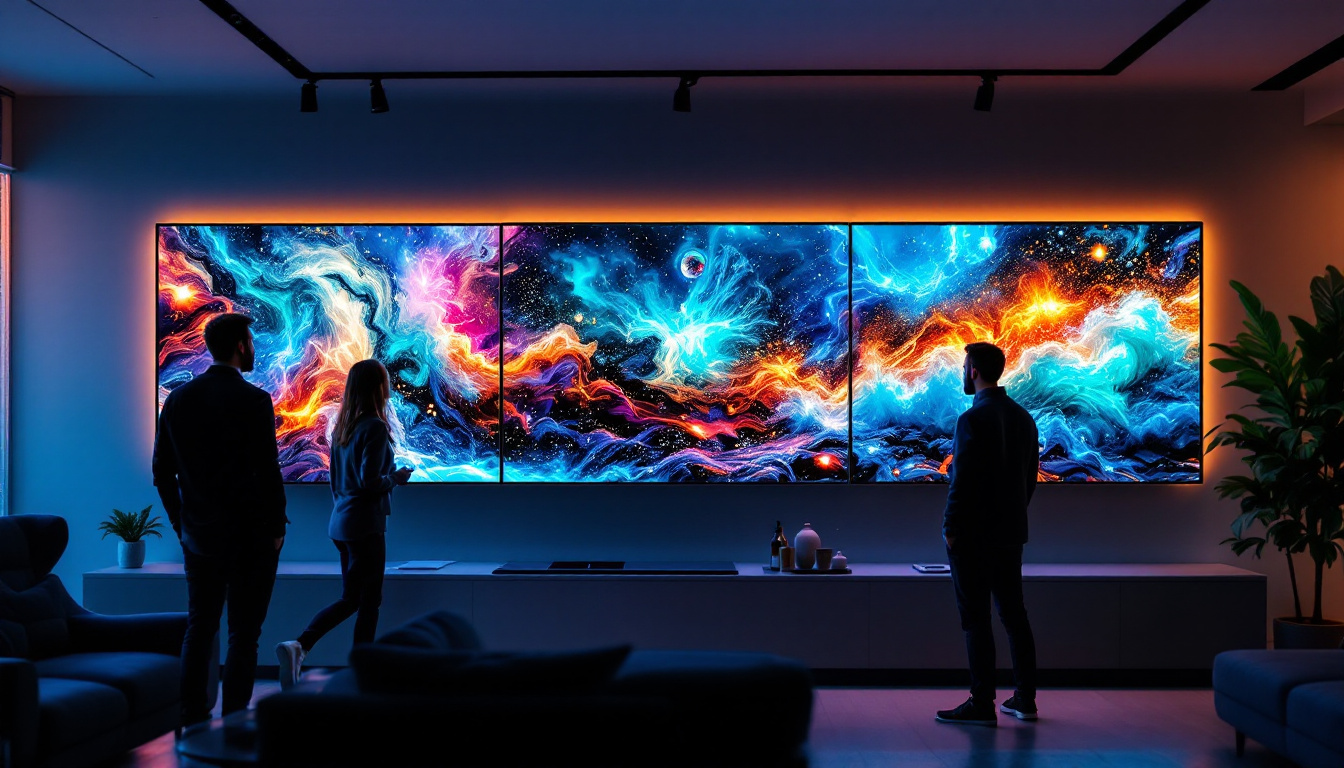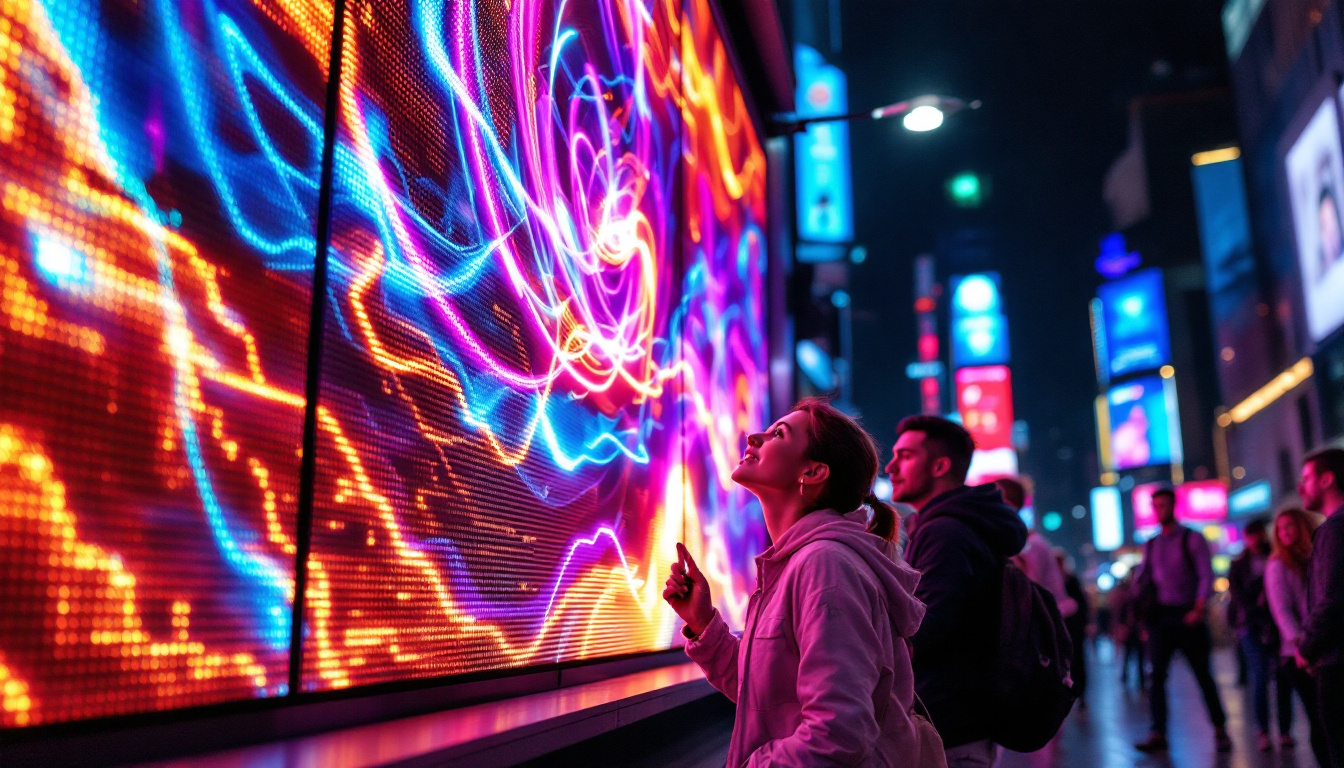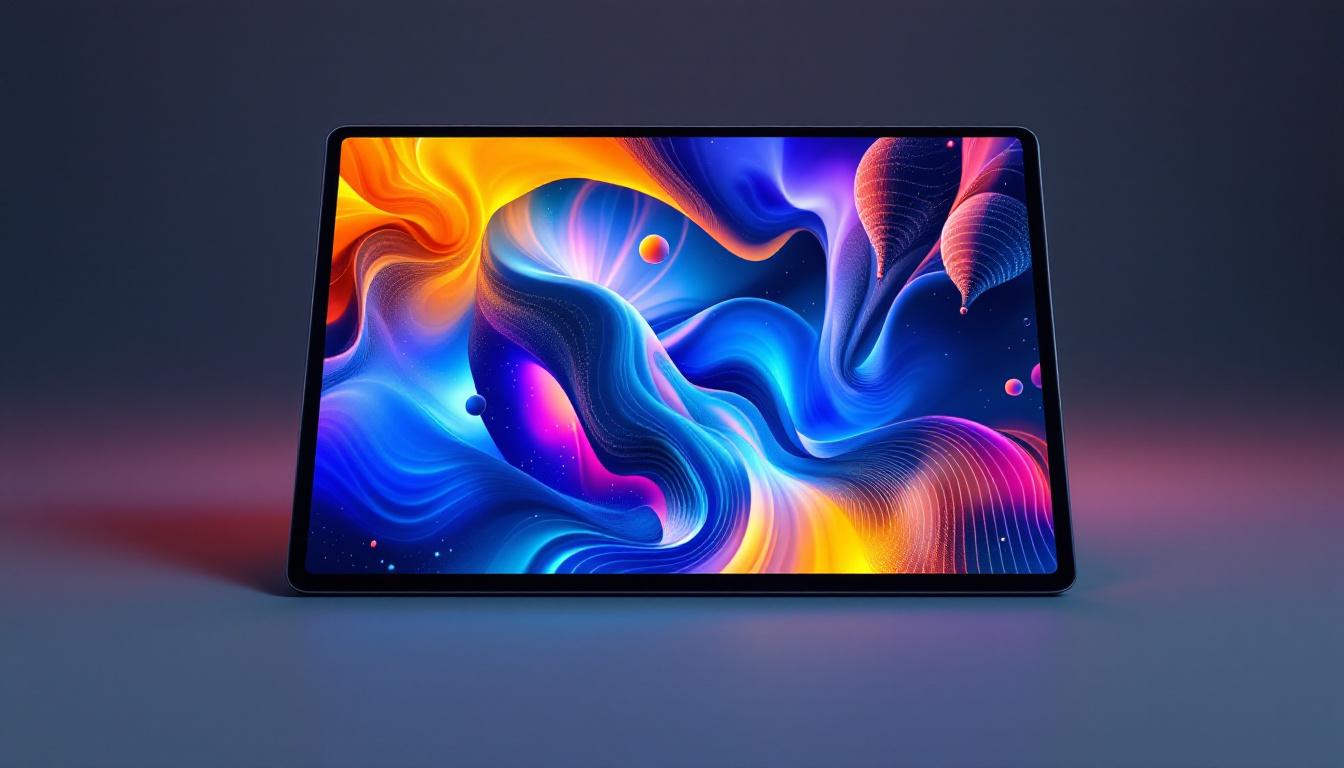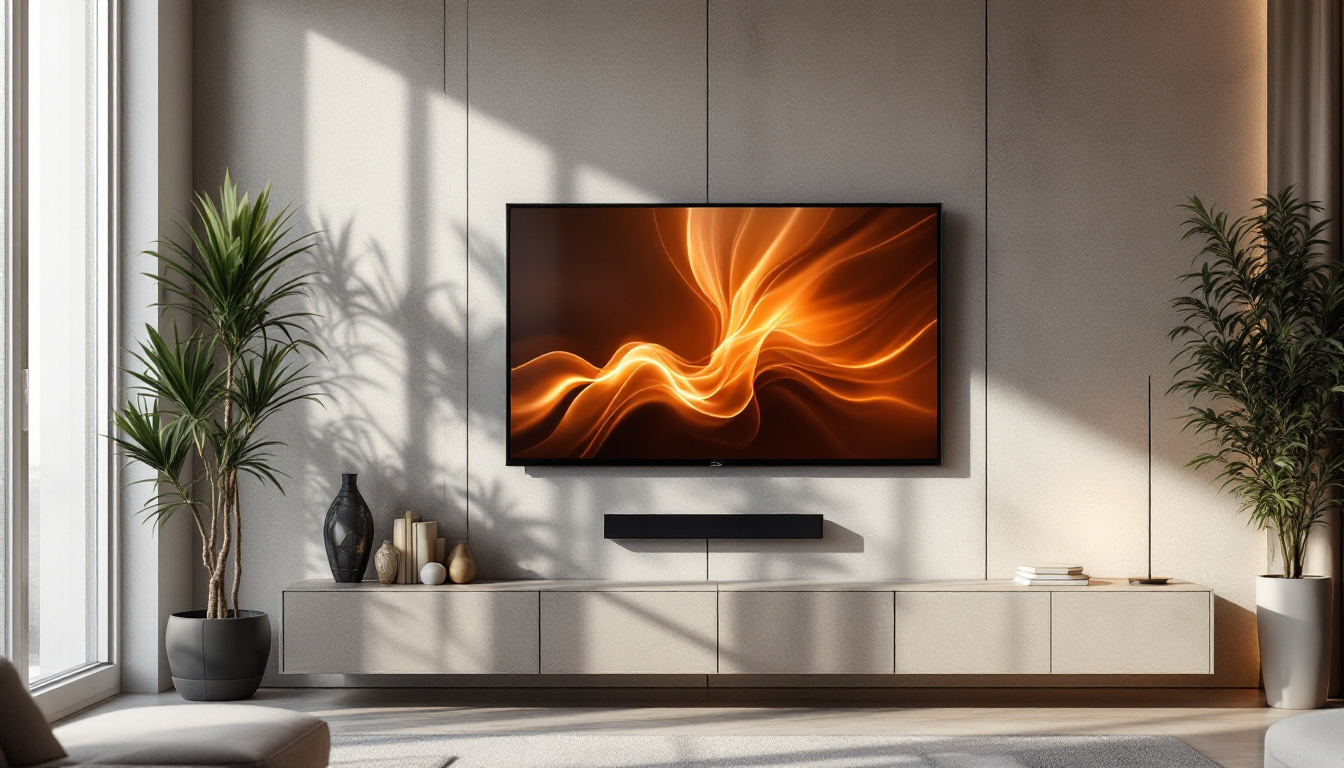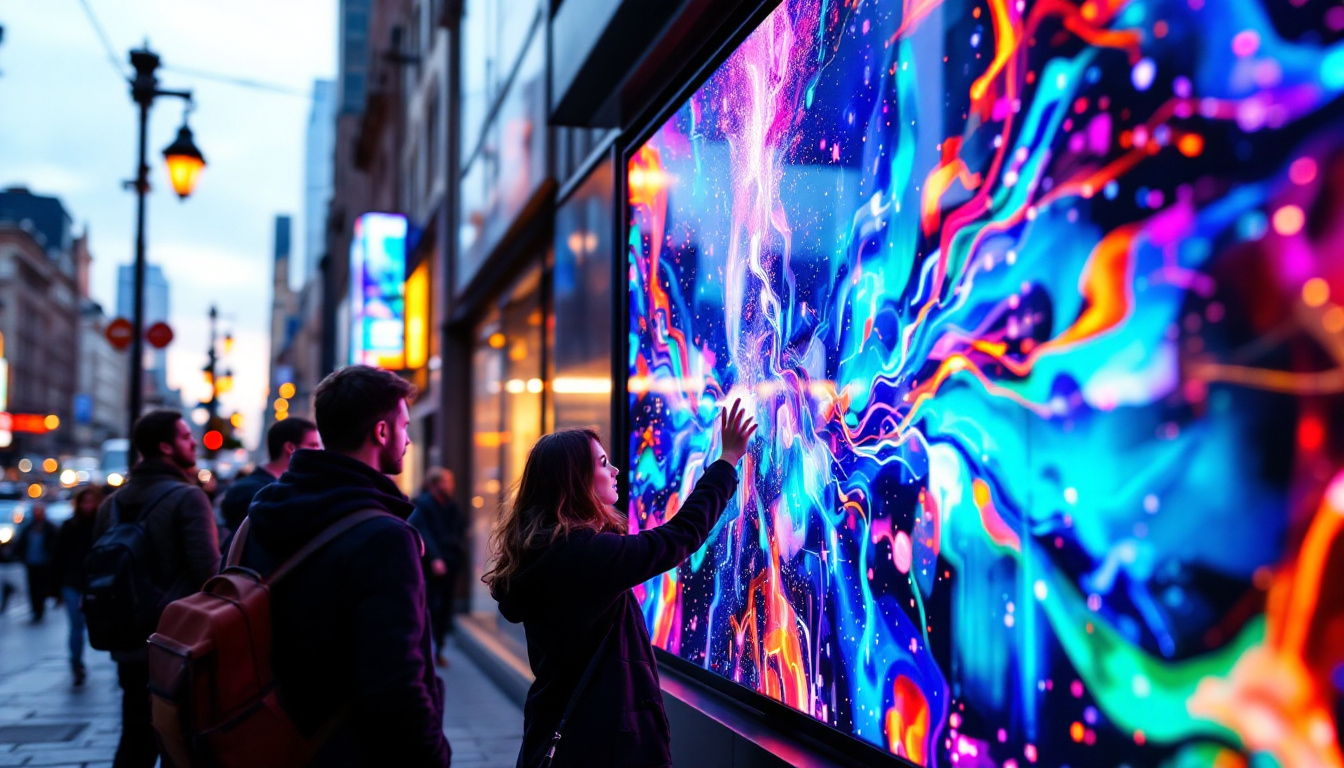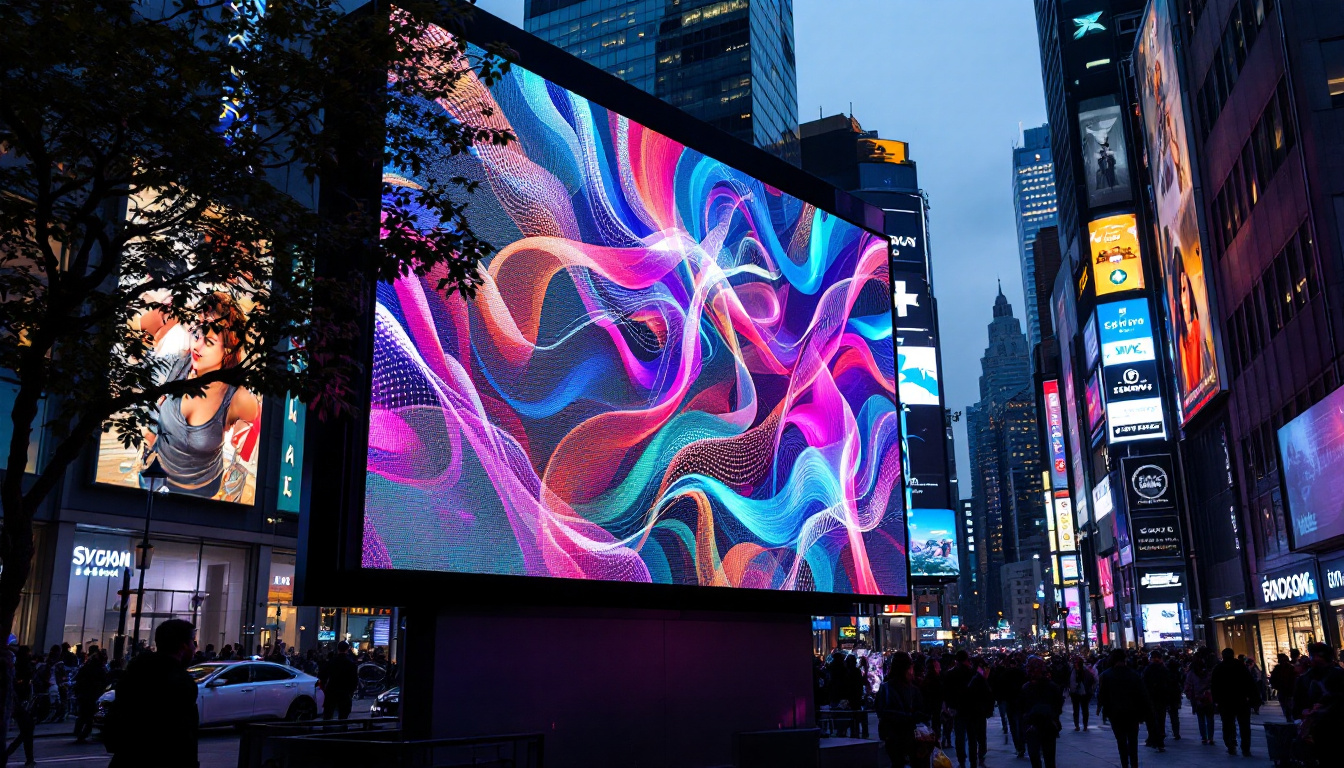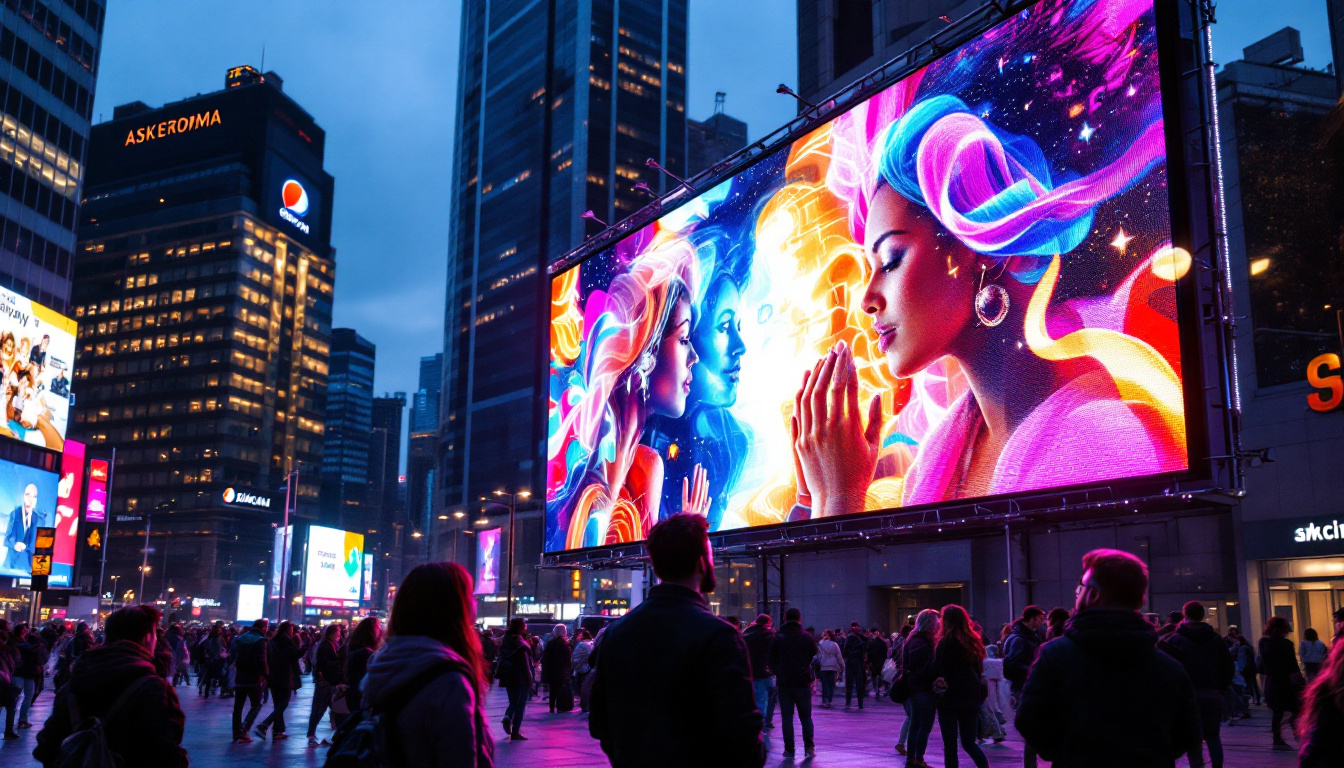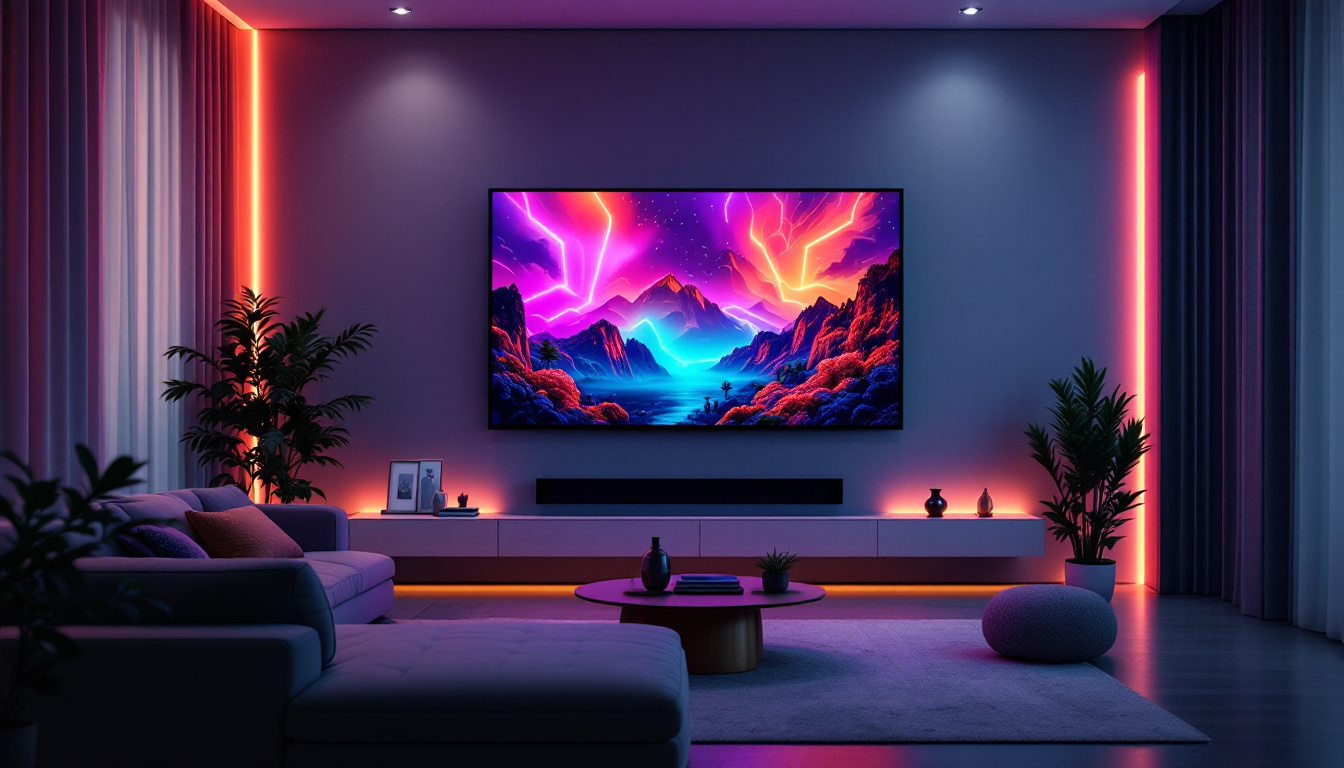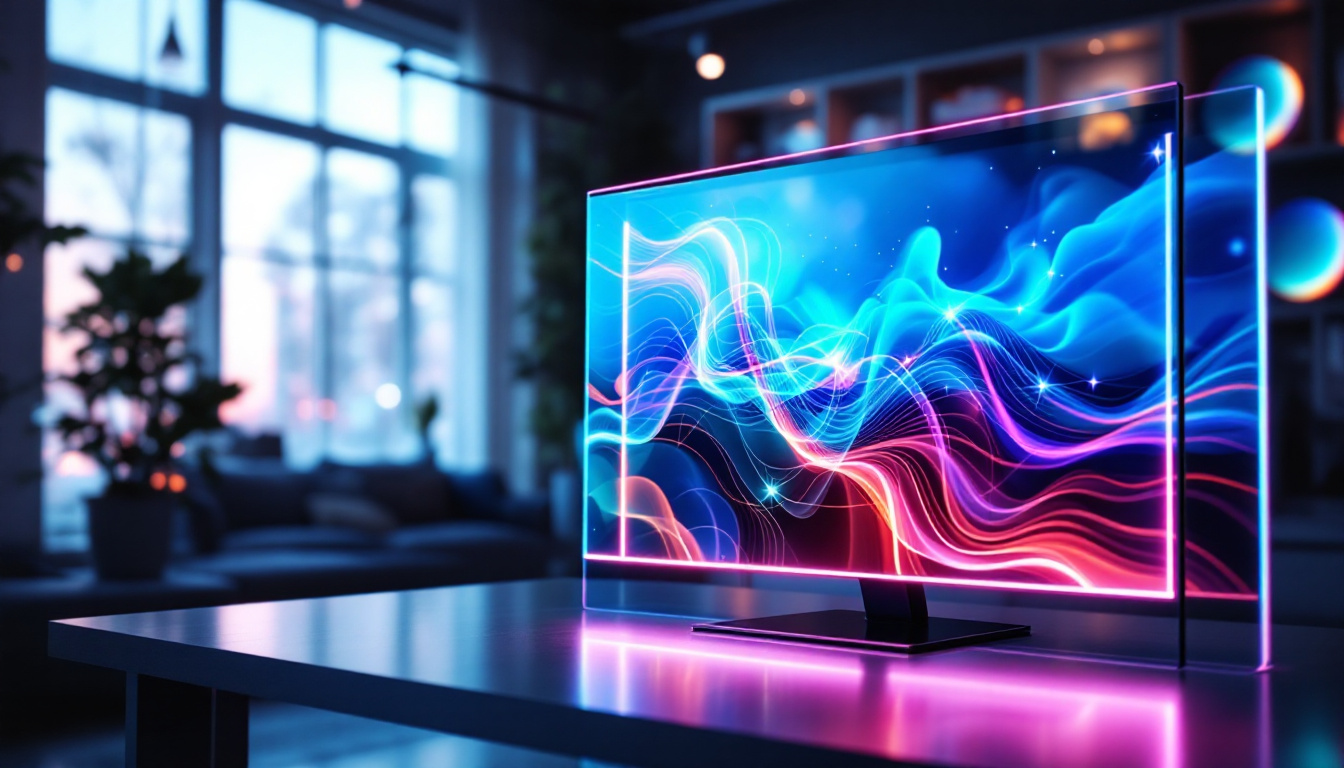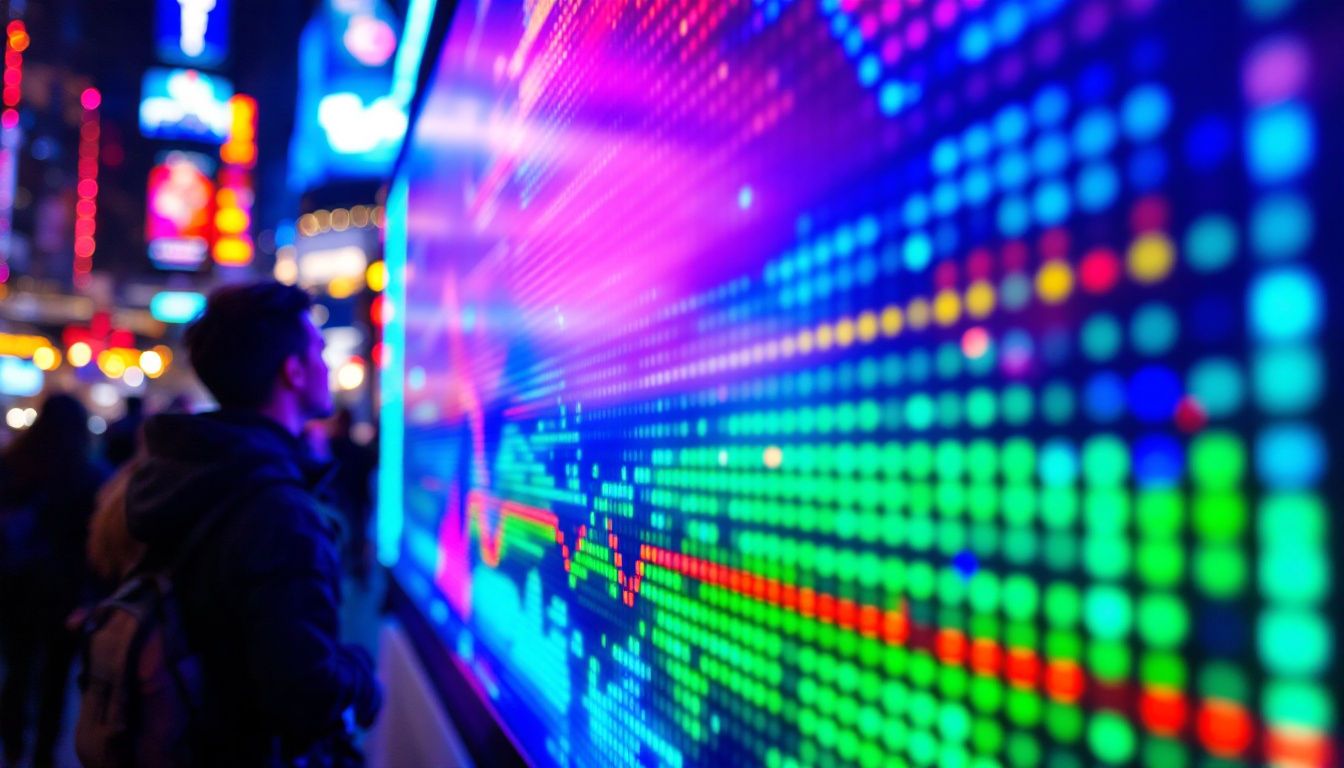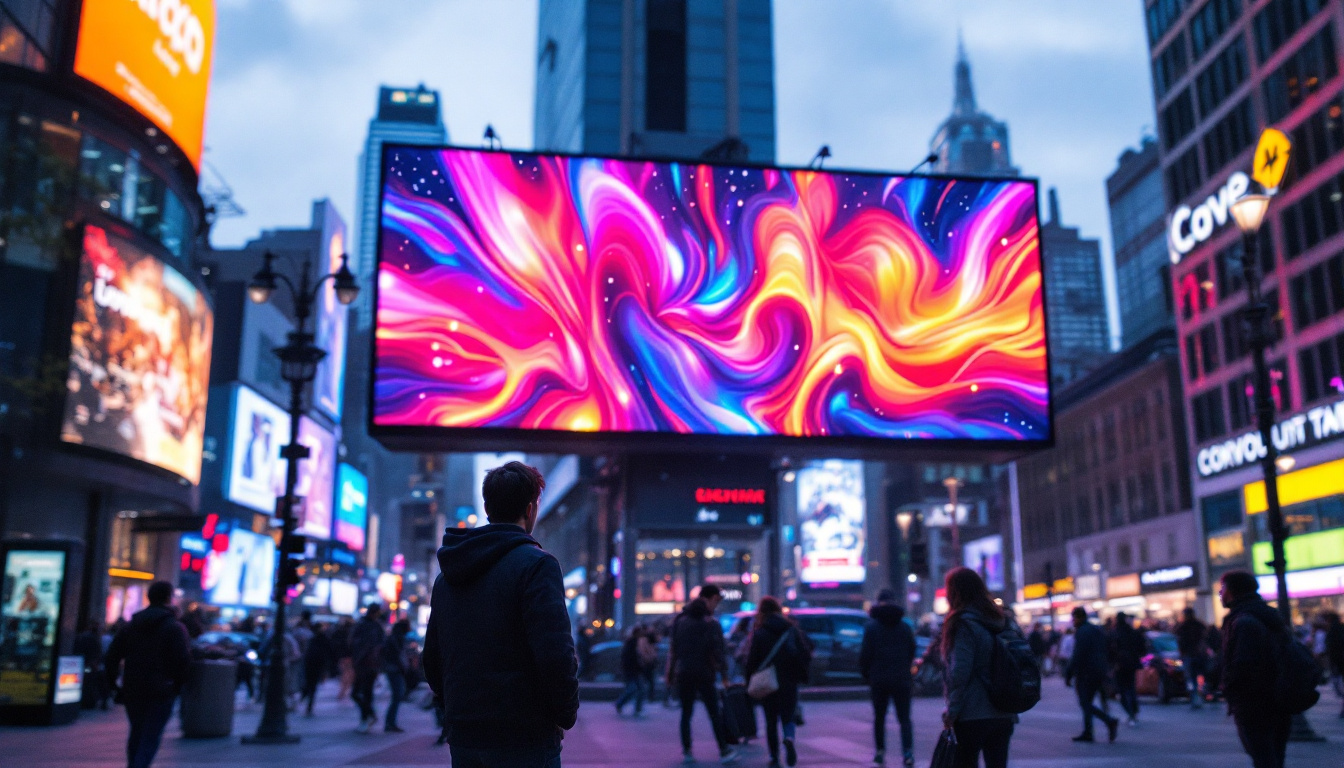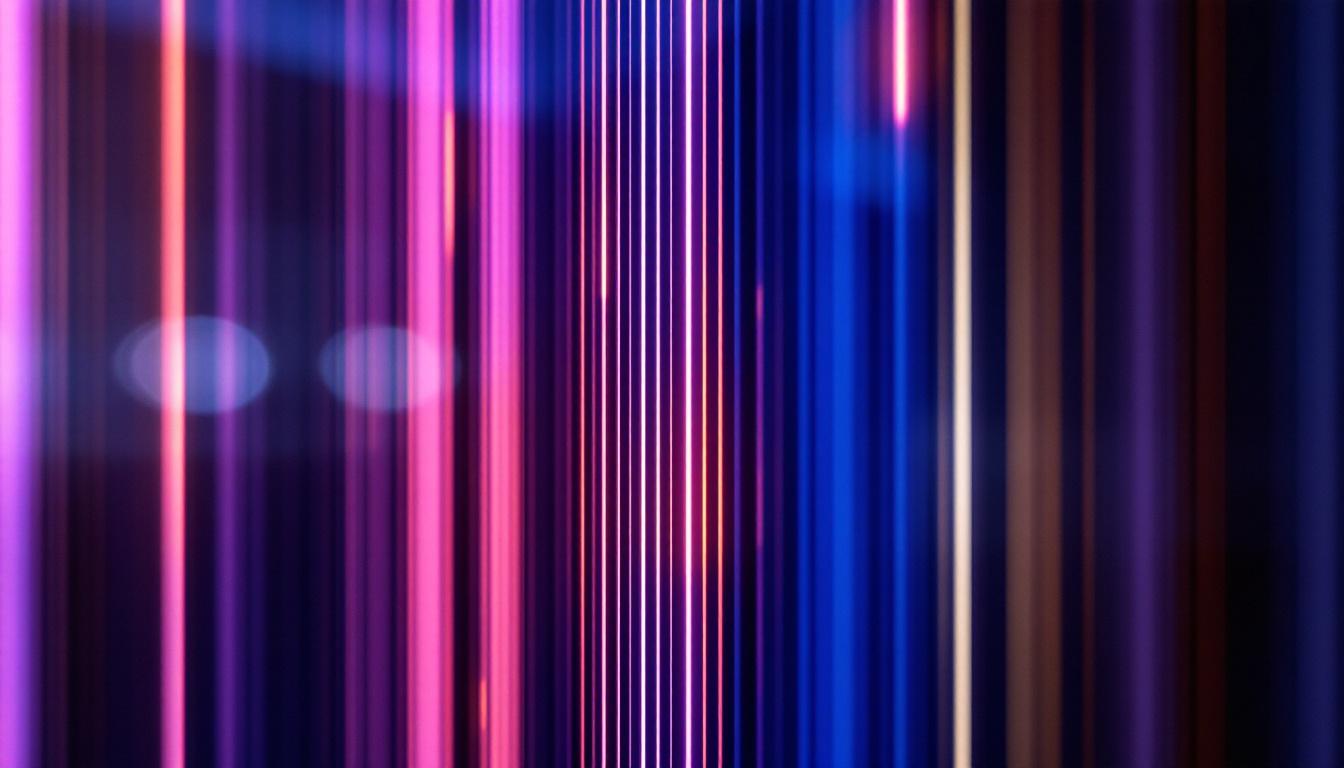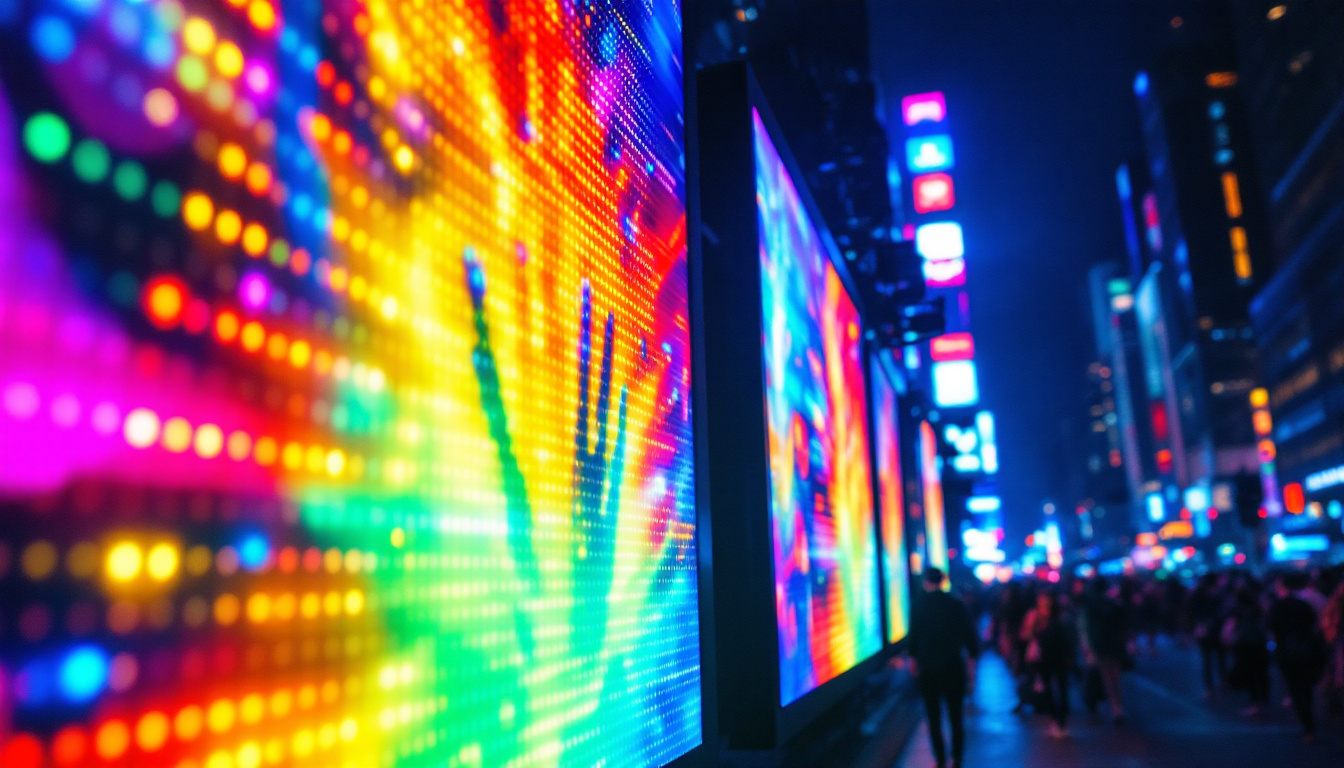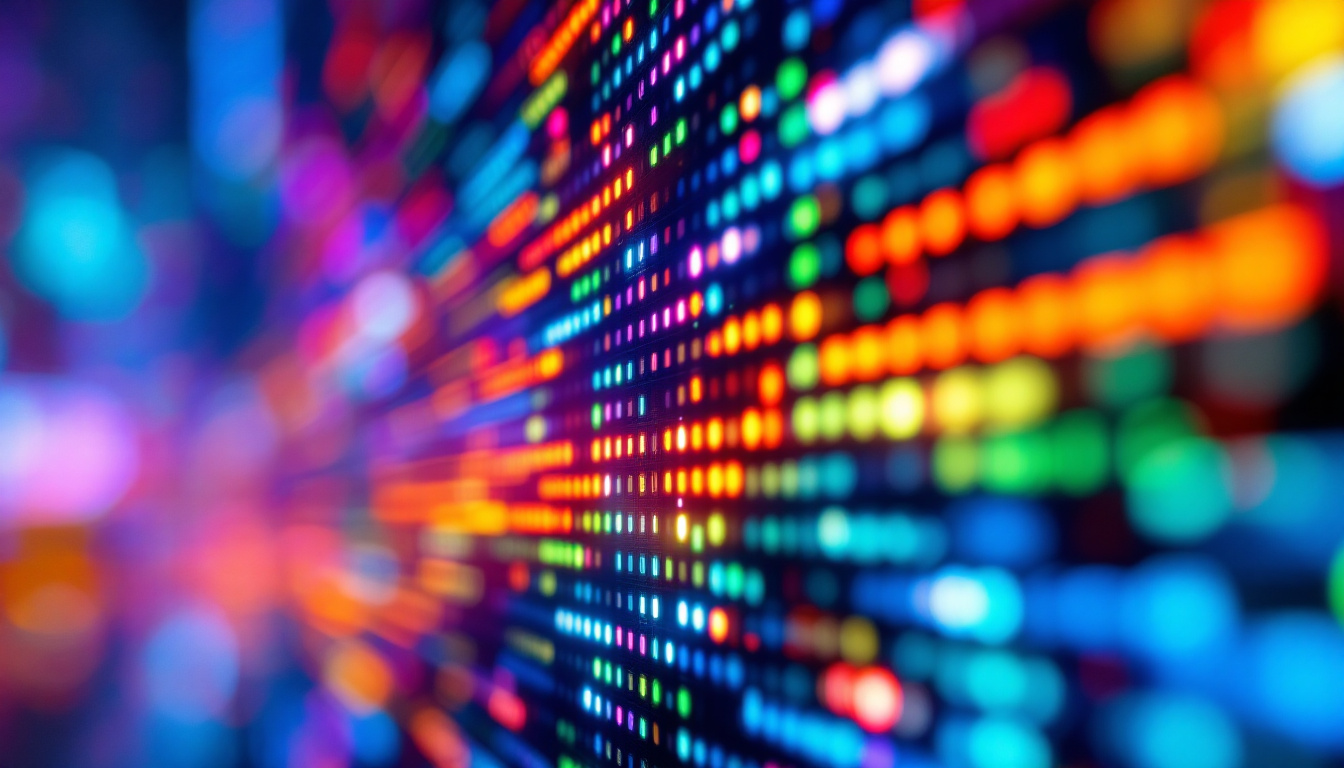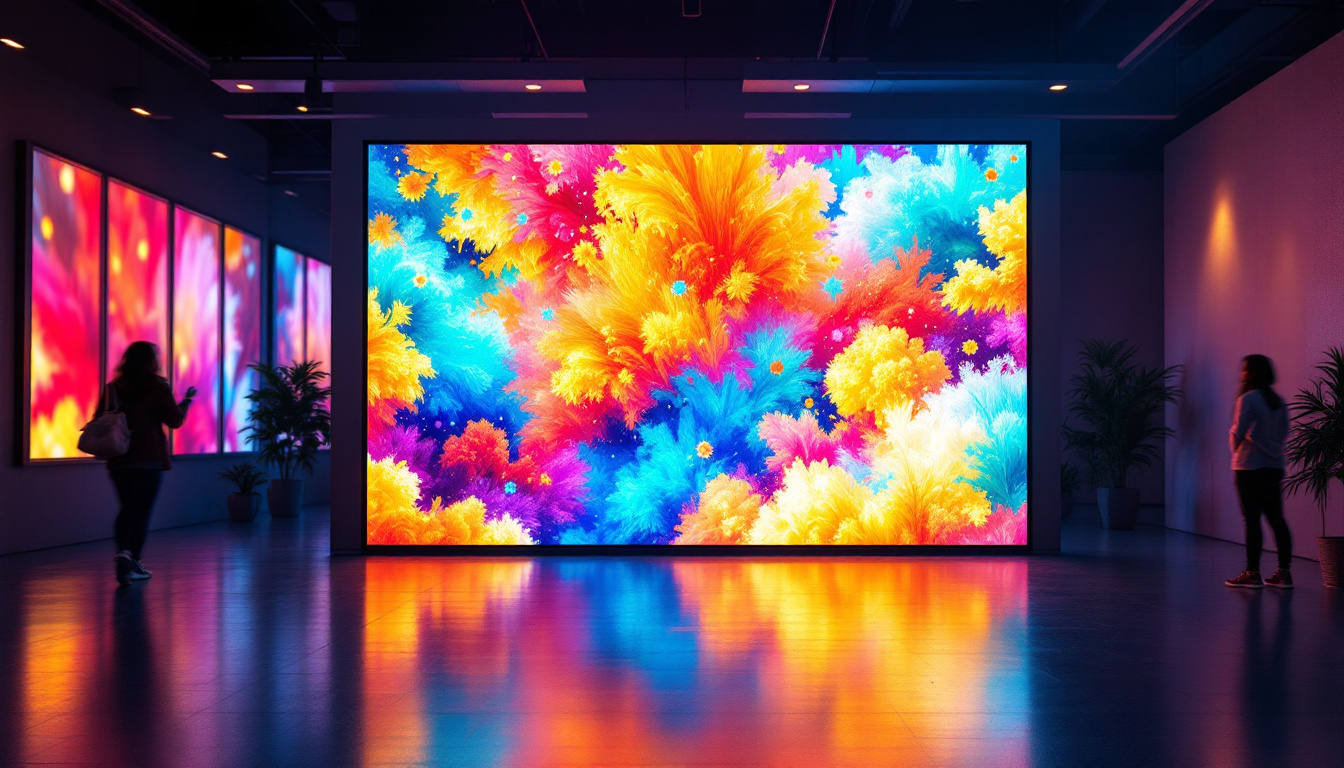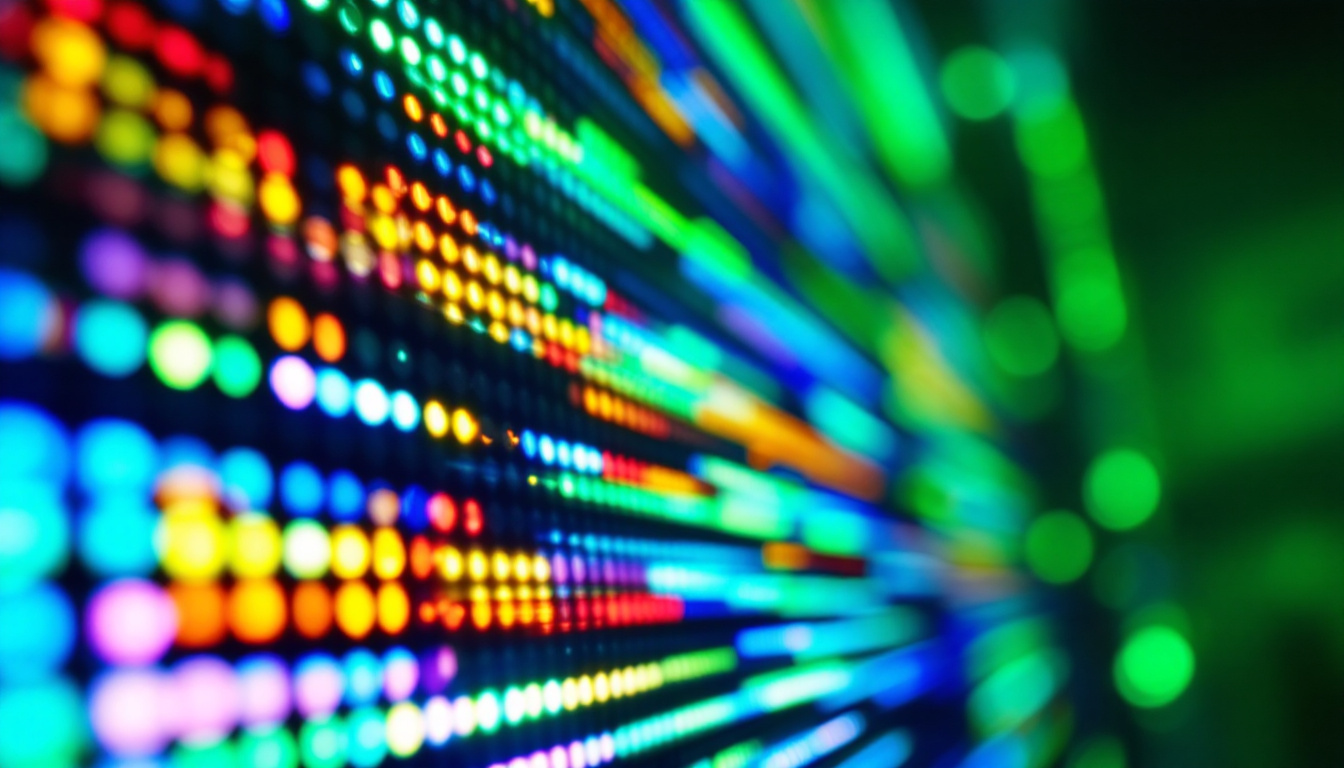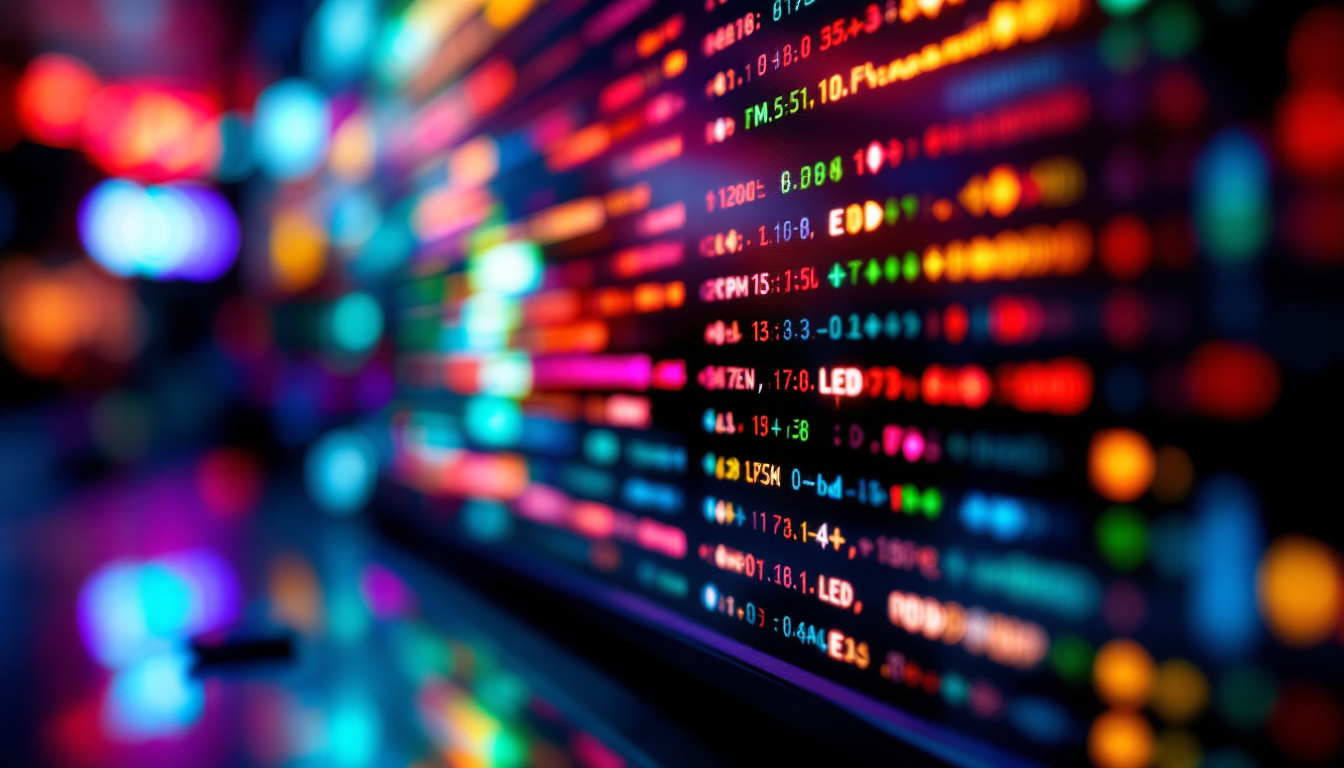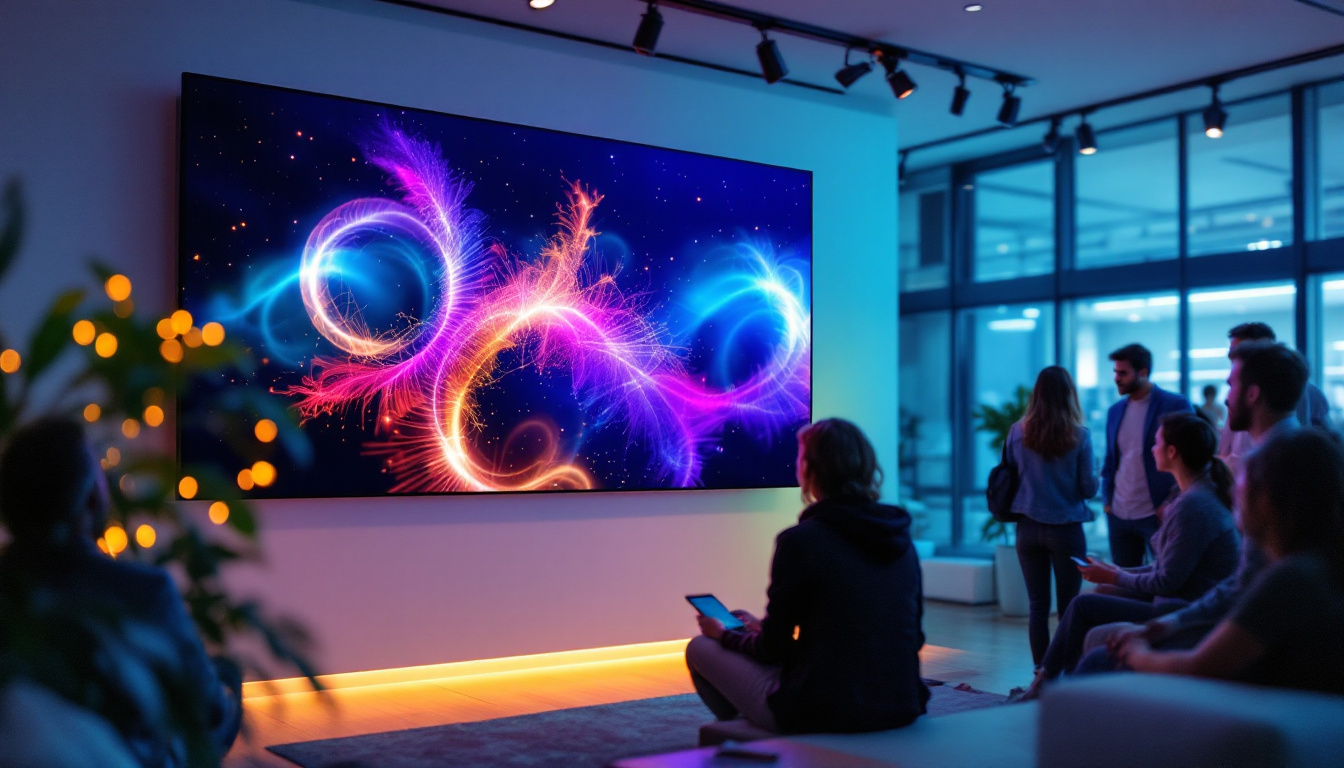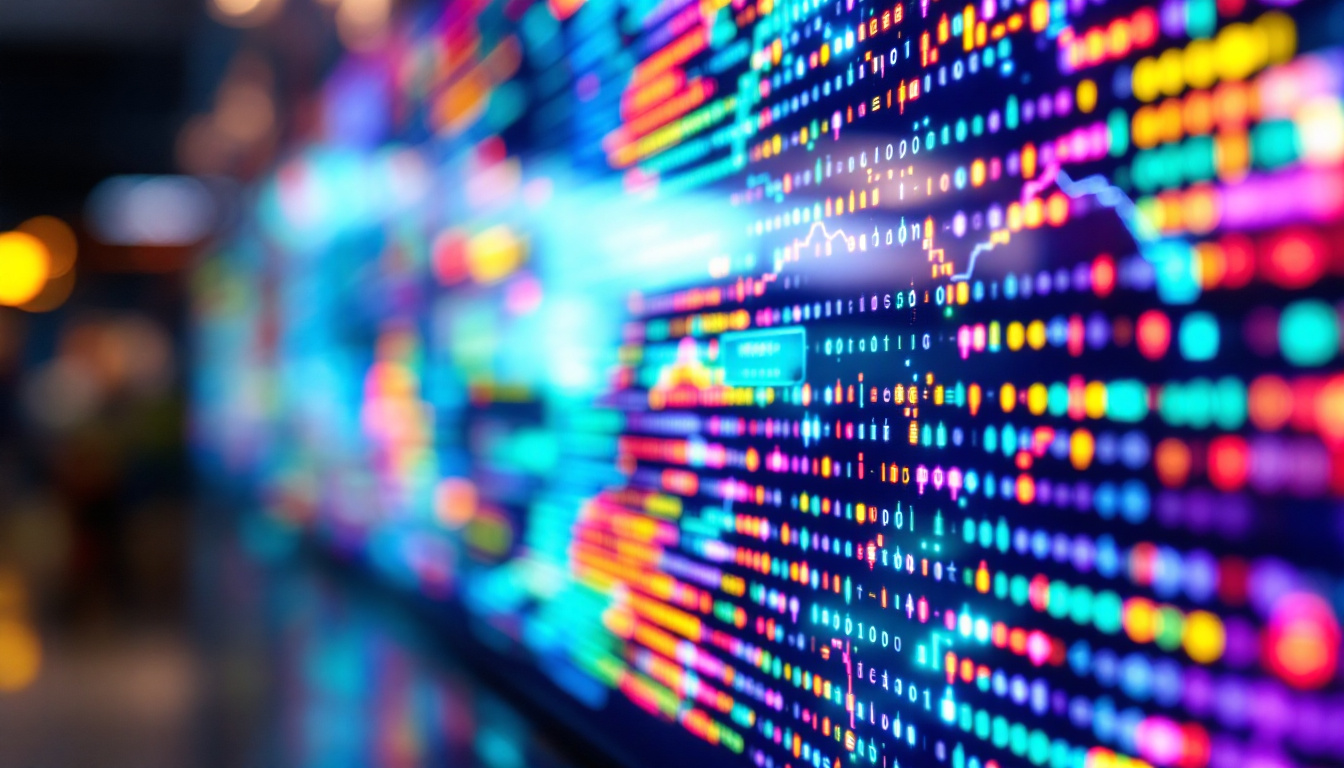In the world of modern technology, LED displays have become ubiquitous, transforming the way we consume information and entertainment. From large outdoor billboards to small handheld devices, LED technology has revolutionized visual displays. This article delves into the intricacies of LED displays, exploring their functionality, types, applications, and the future of this remarkable technology.
Understanding LED Technology
Light Emitting Diodes (LEDs) are semiconductor devices that emit light when an electric current passes through them. This phenomenon is known as electroluminescence. The simplicity of this technology belies its profound impact on display systems. LEDs are energy-efficient, long-lasting, and capable of producing vibrant colors, making them ideal for a wide range of applications.
The Basics of LED Operation
At its core, an LED consists of a chip made from a semiconductor material, typically gallium arsenide or gallium phosphide. When voltage is applied, electrons move through the semiconductor, recombining with holes and releasing energy in the form of photons. The color of the emitted light depends on the materials used in the semiconductor chip. For instance, different combinations of gallium, arsenide, and phosphide can produce red, green, or blue light.
This fundamental principle of operation allows LEDs to be combined in various configurations to create displays. By adjusting the intensity of each color, a full spectrum of colors can be achieved, enabling the creation of high-definition images and videos. Moreover, advancements in technology have led to the development of RGB (Red, Green, Blue) LEDs, which can be mixed to produce an extensive array of colors, enhancing the visual experience in everything from televisions to digital billboards.
Advantages of LED Displays
LED displays offer numerous advantages over traditional display technologies like LCD and CRT. One of the most significant benefits is energy efficiency. LEDs consume significantly less power, which not only reduces electricity costs but also minimizes environmental impact.
Furthermore, LED displays are known for their brightness and visibility. They can be easily viewed in bright sunlight, making them ideal for outdoor applications. Additionally, their compact size and lightweight nature allow for versatile installation options, from large screens in stadiums to small panels in retail environments. The durability of LED technology also contributes to its appeal; unlike traditional bulbs, LEDs are resistant to shock and vibration, making them a reliable choice for both commercial and residential use. This resilience not only extends the lifespan of the displays but also reduces maintenance costs, as replacements are needed less frequently.
Another noteworthy advantage of LED technology is its rapid response time. LEDs can turn on and off almost instantaneously, allowing for dynamic content and smooth transitions in videos and animations. This capability is particularly beneficial in applications such as digital signage and entertainment, where quick changes in imagery can enhance viewer engagement. Additionally, the ability to control the brightness and color temperature of LEDs allows for greater flexibility in design, enabling creators to achieve the desired ambiance or mood in various settings, from art installations to theatrical productions.
Types of LED Displays
LED displays come in various forms, each tailored to specific applications. Understanding these types is crucial for selecting the right display for a given purpose. The primary categories include direct-view LED displays, LED-backlit LCD displays, and OLED displays.
Direct-View LED Displays
Direct-view LED displays consist of individual LEDs arranged in a grid to form images. These displays are commonly used for large-scale applications, such as outdoor billboards and stadium screens. The modular nature of direct-view LED technology allows for easy scaling, enabling the creation of massive displays that can be customized to fit specific dimensions.
One of the defining characteristics of direct-view LED displays is their ability to produce high brightness levels and vibrant colors. This makes them particularly effective for advertising, live events, and other scenarios where visibility is paramount. Additionally, these displays are designed to withstand various environmental conditions, making them suitable for outdoor use. They can endure rain, wind, and even extreme temperatures, ensuring that the content remains visible and engaging regardless of the weather.
Furthermore, direct-view LED displays offer remarkable viewing angles, allowing audiences to see the content clearly from a distance and various positions. This feature is particularly beneficial in crowded venues, where viewers may be scattered across a large area. The technology continues to evolve, with advancements in pixel pitch allowing for higher resolution displays, which enhances the overall viewing experience.
LED-Backlit LCD Displays
While LCD displays have been around for decades, the introduction of LED backlighting has significantly improved their performance. In this configuration, LEDs are used to illuminate the liquid crystal display from behind, enhancing brightness, contrast, and color accuracy.
LED-backlit LCDs are widely used in televisions, computer monitors, and mobile devices. They provide a balance between energy efficiency and display quality, making them a popular choice for consumers seeking high-definition visuals without the drawbacks of traditional LCD technology. The energy efficiency of LED-backlit displays not only reduces electricity costs but also contributes to a lower carbon footprint, appealing to environmentally conscious consumers.
Moreover, advancements in local dimming technology have further enhanced the capabilities of LED-backlit LCDs. By selectively dimming or brightening specific areas of the screen, these displays can achieve deeper blacks and a more dynamic range of colors. This technology is particularly advantageous for watching movies or playing video games, where contrast and detail are crucial for an immersive experience.
OLED Displays
Organic Light Emitting Diode (OLED) displays represent a significant advancement in display technology. Unlike traditional LEDs, which require a backlight, OLEDs emit light directly from organic compounds. This allows for thinner displays with better contrast ratios and more vibrant colors.
OLED technology is increasingly being adopted in smartphones, televisions, and other devices due to its superior image quality and flexibility. The ability to create curved and even foldable displays opens up new possibilities for design and functionality. Additionally, OLED screens offer faster response times, making them ideal for fast-paced video content, such as sports and action movies. However, it is worth noting that OLED displays can be more expensive to produce, which may limit their widespread adoption in certain applications.
Another noteworthy aspect of OLED technology is its potential for self-emissive pixels, which means that each pixel can turn on and off independently. This feature not only enhances the contrast ratio but also contributes to energy savings when displaying darker images. As manufacturers continue to innovate, the future of OLED displays looks promising, with ongoing research aimed at improving longevity and reducing the risk of burn-in, a common concern among users.
Applications of LED Displays
The versatility of LED displays has led to their adoption across various industries. From advertising and entertainment to transportation and healthcare, the applications of LED technology are vast and varied.
Advertising and Marketing
One of the most prominent uses of LED displays is in advertising. Digital billboards and signage have become a staple in urban environments, capturing the attention of passersby with dynamic content. These displays can be programmed to show different advertisements at different times, maximizing exposure and engagement.
Moreover, the ability to display high-resolution images and videos allows advertisers to convey their messages more effectively. The bright and vivid colors of LED displays enhance brand visibility and appeal, making them an essential tool in modern marketing strategies.
Entertainment and Events
In the entertainment industry, LED displays play a crucial role in enhancing audience experiences. Concerts, sporting events, and theatrical productions often utilize large LED screens to display live feeds, graphics, and animations. These displays create an immersive environment, allowing audiences to engage more deeply with the performance.
Additionally, LED technology is integral to the production of films and television shows. Studio sets often incorporate LED screens to create dynamic backgrounds and visual effects, streamlining the production process and enhancing the final product.
Transportation and Safety
LED displays are also widely used in the transportation sector. Traffic signs, signals, and information boards utilize LED technology to provide real-time updates to drivers and pedestrians. The high visibility of LED displays ensures that important information is conveyed clearly, contributing to road safety.
Furthermore, LED lights are commonly used in vehicles for headlights, taillights, and indicators. The longevity and energy efficiency of LEDs make them an ideal choice for automotive applications, enhancing both safety and performance.
The Future of LED Displays
As technology continues to evolve, so too does the potential for LED displays. Innovations in materials, manufacturing processes, and design are paving the way for even more advanced applications of LED technology.
MicroLED Technology
MicroLED is an emerging technology that promises to take LED displays to the next level. MicroLED displays consist of tiny, individual LEDs that can be arranged to create high-resolution images without the need for a backlight. This technology offers improved contrast ratios, color accuracy, and energy efficiency compared to traditional LED displays.
MicroLED displays are still in the early stages of development, but they hold great promise for applications in televisions, smartphones, and augmented reality devices. As production techniques improve, it is likely that MicroLED technology will become more accessible to consumers.
Flexible and Transparent Displays
Another exciting development in LED technology is the creation of flexible and transparent displays. These displays can be bent and shaped to fit various surfaces, opening up new possibilities for design and functionality. Transparent LED displays, for instance, can be integrated into windows or glass surfaces, allowing for dynamic content without obstructing views.
Such innovations could revolutionize advertising, architecture, and interior design, providing new ways to engage with consumers and enhance environments.
Conclusion
LED displays have transformed the way information is presented and consumed across various sectors. Their energy efficiency, versatility, and vibrant visuals make them an essential technology in today’s digital landscape. As advancements continue to emerge, the future of LED displays looks promising, with innovations such as MicroLED and flexible displays set to redefine the possibilities of visual technology.
Understanding the intricacies of LED displays not only highlights their importance in contemporary society but also emphasizes the ongoing evolution of display technology. Whether in advertising, entertainment, or transportation, LED displays are likely to remain at the forefront of visual communication for years to come.
Discover the Future of Visual Technology with LumenMatrix
As you’ve seen, LED displays are reshaping the landscape of digital communication, offering unparalleled energy efficiency, versatility, and visual impact. Embrace the future with LumenMatrix, a pioneer in LED display innovation. From captivating Indoor LED Walls to dynamic Outdoor LED Displays, and from sleek LED Posters to immersive LED Sports Displays, LumenMatrix provides a spectrum of solutions tailored to your needs. Experience the revolution in visual storytelling with our cutting-edge LED technology. Check out LumenMatrix LED Display Solutions today and see how we can illuminate your brand’s message with clarity and creativity.

